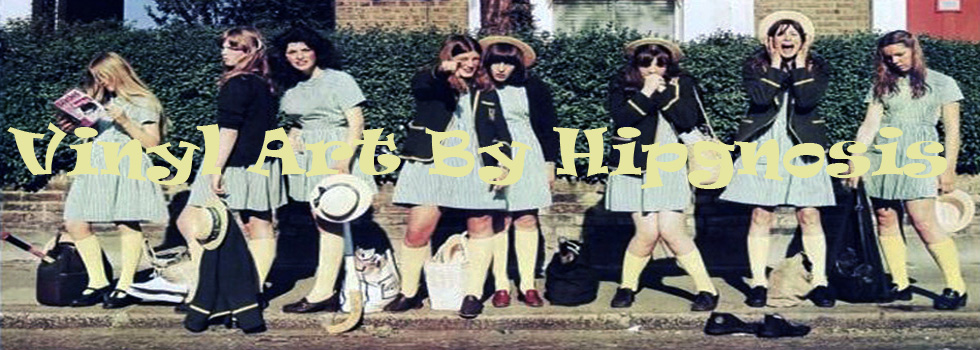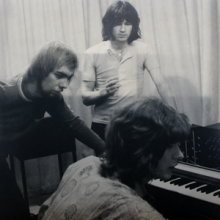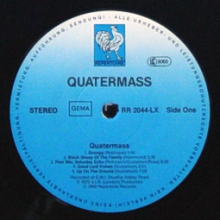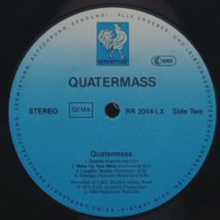Biography
Quatermass’ only album is a must-have for prog rock enthusiasts, especially lovers of the keyboard-dominated style which flourished in the early ’70s. Although there are only three members of the band, their histories are just as colorful as the music they produced. Keyboard player Pete Robinson and bass man Johnny Gustafson met drummer Mick Underwood and founded Episode Six, a band which included Ian Gillan who later fronted Deep Purple. Underwood was also involved with the Outlaws as well as the Herd, only a few years before Peter Frampton arrived. When the band finally formed Quatermass in 1970, they had set their sights on a power rock format which would use Robinson’s keyboards to shape their sound. https://en.wikipedia.org/wiki/Quatermass_(band)










